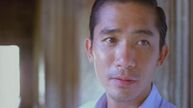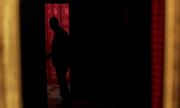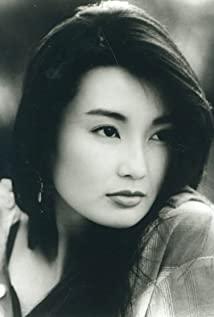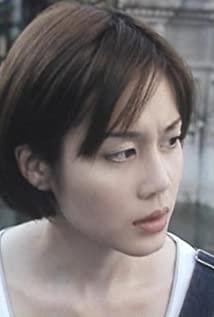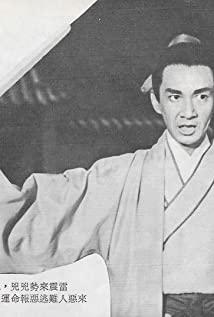Opening move:
This section uses parallel montage, Zhou Muyun and Su Lizhen move at the same time, cross-editing. The two were very careful and cautious during the move. The only difference was that Zhou Muyun was only worried about her own belongings, while Su Lizhen would worry about damaging other people's things, which showed that Su Lizhen was more delicate and disciplined emotionally. (Su Lizhen carefully retracted her hand when the two took a taxi for the first time) The furniture of the two of them will be moved in the wrong place, which also indicates that the ending of the two will also be misplaced. The first time the two met was when Zhou Muyun took the initiative to look for Su Lizhen. Zhou Muyun took the main part in the shot. Su Lizhen only patted the head sideways. This shows that the emotional tone of the two people Zhou Muyun is in an active position.
Mei Linmao's Yumeji'sTheme sounded for the first time at 5:00. The two crossed their shoulders for the first time. In slow motion, Mr. Chen kept his back to the camera. After Zhou Muyun left, the camera moved down and Su Lizhen's embroidered shoes appeared for the first time. Most of Mr. Chen’s existence appears as a “voice-over”, and Zhou’s wife’s appearance has never been shot directly. This metaphorical way of expression makes the main line of the story revolve around Zhou Muyun and Su Lizhen, and the same is true for emotional processing. The thin window paper allows the two to understand each other's thoughts, but they never pierce them.
Spatial structure: The overall tone of "In the Mood for Love" is gloomy, creating a depressive and low atmosphere. The space is narrow, and the narrow layout of the space implies that the two people's depressed emotions cannot be released. But in a limited space, Wong Kar-wai's movement of the mirror surface gave the space a space for extension, and a space for dislocation of emotions. At 56:00, accompanied by Mei Linmao's soundtrack, the camera pans, and the positions of the two are staggered and compounded. It also shows the erratic relationship between the two.
The use of color: Su Lizhen’s cheongsam appears 26 times in the whole film and is not repeated. When Su Lizhen buys noodles alone, she wears a dark cheongsam to express the loneliness and loneliness of the characters.
After several emotional collisions with Zhou Muyun, the two put on red cheongsam in the room, symbolizing passionate desire.
The role of objects: Using objects to convey emotions is Wong Kar-wai's habitual method. In "In the Mood for Love", objects such as tie, embroidered shoes, telephone, cheongsam, clock... the tie has a very unique meaning, and Su Lizhen knows about her husband's cheating through the tie. , The tie became a sign of derailment. But there is a dark thread about Mr. Ho in the film. Wong Kar-wai has used metaphorical montage to imply that Mr. Ho has actually derailed, but he finally chose to be a good husband. This choice is through a tie. (Others are too fancy, it's better to own)
Embroidered shoes are a medium to maintain the relationship between the two, and the film has appeared four times. And Su Lizhen went to Singapore Zhou Muyun's home to take the embroidered shoes, signaling the end of their relationship.
It was an embarrassing relative. She kept her head down and gave him a chance to get closer. He didn't have the courage to approach. She turned around and left. One reserved, one shy. The love in the Mood for Love can't come together, it's poignant, and it's a pity.
View more about In the Mood for Love reviews



